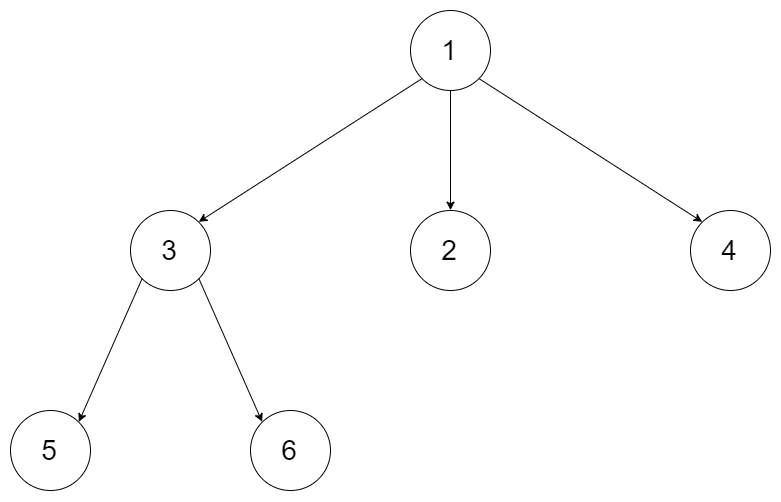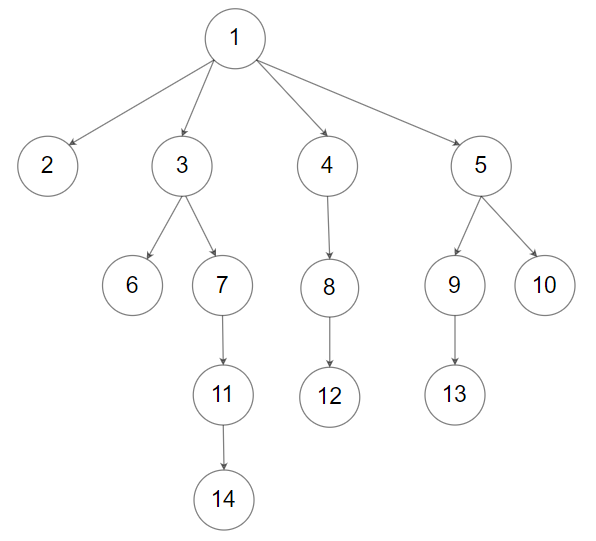Given an n-ary tree, return the level order traversal of its nodes' values.
Nary-Tree input serialization is represented in their level order traversal, each group of children is separated by the null value (See examples).
Example 1:
Input: root = [1,null,3,2,4,null,5,6] Output: [[1],[3,2,4],[5,6]] Example 2:
Input: root = [1,null,2,3,4,5,null,null,6,7,null,8,null,9,10,null,null,11,null,12,null,13,null,null,14] Output: [[1],[2,3,4,5],[6,7,8,9,10],[11,12,13],[14]] Constraints:
- The height of the n-ary tree is less than or equal to
1000 - The total number of nodes is between
[0, 104]
给定一个 N 叉树,返回其节点值的层序遍历。(即从左到右,逐层遍历)。树的序列化输入是用层序遍历,每组子节点都由 null 值分隔(参见示例)。
- 这是 n 叉树的系列题,第 589 题也是这一系列的题目。这一题思路不难,既然是层序遍历,用 BFS 解答。
package leetcode /** * Definition for a Node. * type Node struct { * Val int * Children []*Node * } */typeNodestruct { ValintChildren []*Node } funclevelOrder(root*Node) [][]int { varres [][]intvartemp []intifroot==nil { returnres } queue:= []*Node{root, nil} forlen(queue) >1 { node:=queue[0] queue=queue[1:] ifnode==nil { queue=append(queue, nil) res=append(res, temp) temp= []int{} } else { temp=append(temp, node.Val) iflen(node.Children) >0 { queue=append(queue, node.Children...) } } } res=append(res, temp) returnres }
